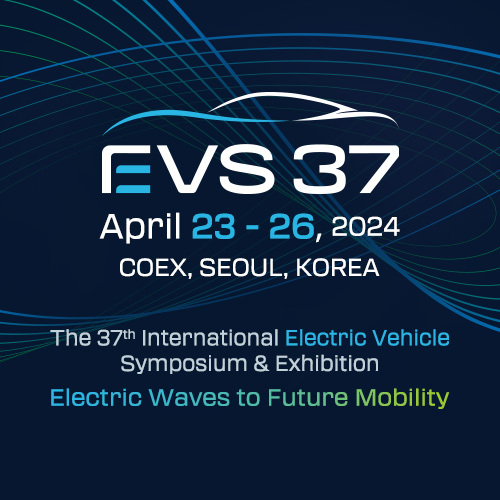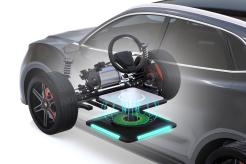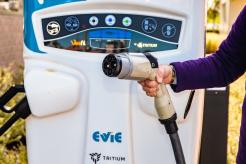Historically, new technologies emerge from competing companies and differing development strategies. For this reason, their early iterations are often incompatible with similar technologies other companies have produced. Electric charging hardware and software are no exceptions.

Image via Freepik
Like early railroads with their differing rail gauges and the early video “wars” between VCRs and Betamax, EV charging infrastructure has yet to standardize across the industry. But as Appinventiv’s CEO and director, Saurabh Singh, points out, “EV interoperability and standardization will be crucial to enabling a multi-stakeholder approach to planning, investment, and operation of public charging infrastructure” if the industry wants to increase EV adoption.
It’s vital to EV charging companies’ success to learn more about charging infrastructure interoperability. Here are seven of the most critical questions about EV charging infrastructure interoperability to answer.
1. What Is EV Charging Infrastructure Interoperability?
EV charging infrastructure interoperability occurs when the software and hardware components, such as charging networks and their mobile apps, charging stations, power grid, payment options, connectors, charging levels, and the EVs themselves, can “operate cohesively and seamlessly” with each other, as Singh puts it.
Without interoperability, drivers still worry about whether they can find a compatible charging option, increasing the chance that they will remain with an internal combustion-powered car when it comes time to buy a new vehicle. Easing that worry can go a long way toward increasing the likelihood of an EV purchase.
2. What Are the Protocols for EV Charging?
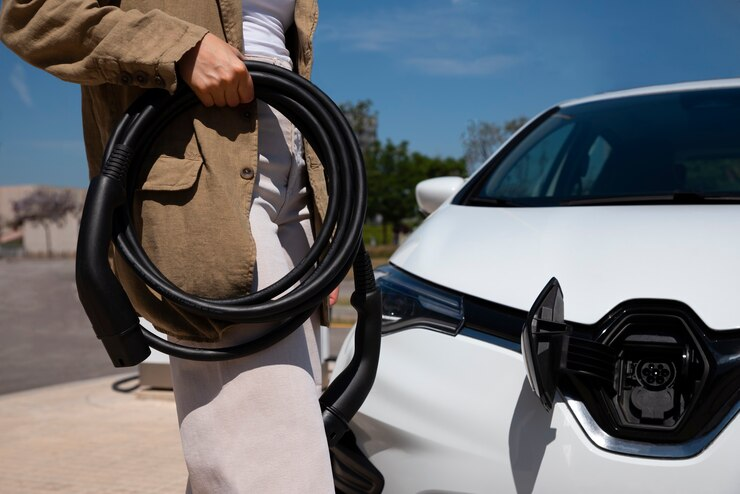
Image via Freepik
Having a single set of technical specifications, rules, and processes that dictate how the software manages each component of EV charging infrastructure is critical for interoperability across various networks and charging stations. The protocols for EV charging do exactly that: provide standards that assure drivers that they can receive information about the nearest charging station without worrying about whether they can charge their cars there.
Similarly, these protocols also govern EV charging hardware. Thus, by following these protocols, EV charging infrastructure providers, regardless of manufacturer, can connect with various systems, enable efficient data communication, streamline transactions, monitor risks, enable smart charging – adjusting the charge to electricity rates and grid capacity – and provide plug-and-charge capability.
3. What Does the Open Charge Point Protocol (OCPP) Do?
The Open Charge Alliance, a group of EV infrastructure industry experts interested in interoperability, introduced the Open Charge Point Protocol (OCPP) in 2015 to provide uniform communication between charge points and the central EV charging system, no matter the vendor. In 2018, the group made some changes to the protocol, adding the following features and more:
- Device management features that can set configurations and monitor charging stations
- More stringent security
- More efficient transactions
- Additional smart charging capabilities
- Support for ISO 15118
- Display and messaging support
4. How Does the Open Smart Charging Protocol (OSCP) Work?
Another gift to the EV community from the Open Charge Alliance, the Open Smart Charging Protocol (OSCP) communicates grid capacity from the electric utility owner (DSO) to the charge spot operator. It gives a 24-hour estimate of the grid’s likely available capacity, allowing the charging station provider to tailor the charging for its customers “within the boundaries of the available capacity.” The latest version includes vehicle-to-grid (V2G) charging, stationary batteries, and heat pumps.
5. What Is ISO 15118?
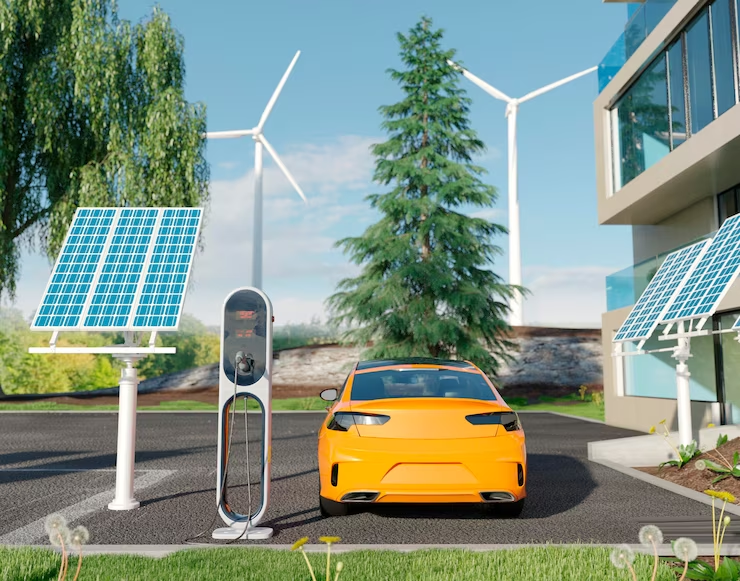
Image via Freepik
ISO 15118 is an international interoperability standard that matches the electrical grid’s capacity with the demand from EVs connected to it. In addition, it enables V2G applications to feed electricity back into the grid during peak times, allowing EV owners to earn some extra cash while helping their neighbors maintain electrical power in their homes and businesses.
6. How Goes the Movement Toward Interoperability?
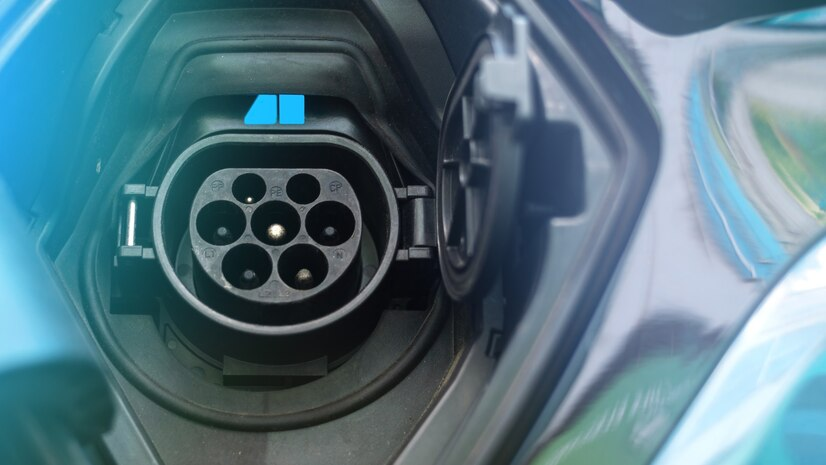
Image via Freepik
In addition to the protocols that are promoting interoperability in EV charging software, there have been some breakthroughs on the hardware side of things as well. Currently, there are several types of EV charging connectors, including the following:
- Level 1 connectors: These charging connectors come with the purchase of an EV for home usage. Drivers use a three-prong plug and cord to connect to a regular wall outlet. However, they take nearly a day to provide drivers with a 140-mile range.
- J1772 connectors: Compatible with both Level 1 and Level 2 charging, these connectors can charge three to seven times as fast as Level 1 chargers. Drivers can often find these chargers in public spaces in high EV usage areas or install them in their garages for a high-dollar upgrade.
- SAE Combined Charging System and CHAdeMO connectors: These connectors are compatible with only Level 3 charging and can usually charge an EV up to 80 percent capacity in a half hour or less.
- NACS connectors: These Tesla-made connectors are becoming the future of charging since most major US automakers (and some foreign ones sold in the US) have announced that they will begin to adopt the NACS charger across their new EV product lines. Even better, the connector accommodates both Level 2 and Level 3 charging and can connect to the J1772 connector with an adapter. Although all but the newest EV models will still have to use an adapter to use a NACS connector, this development represents a major leap forward in EV hardware interoperability.
7. What Challenges Remain in the Drive Toward Interoperability for EV Charging?
Despite the movement toward interoperability, some challenges remain. Since the technology is relatively new, the EV charging market remains “fragmented, with a plethora of charging station manufacturers, network providers, and software systems,” as Singh (cited earlier) puts it. Until they all agree on a single set of standards, interoperability across various systems will remain a challenge.
However, despite the lack of standardization Singh cites, the drive continues to find a solution among all the protocols and standards ISO, the Open Charge Alliance, and other groups have proposed. Even more challenging for smaller businesses and startups, the cost of interoperable software systems can well exceed their means without securing outside funding.
Learn How to Secure Funding for Your EV Charging Business
At the EV Charging Summit, you’ll find a variety of experts who can help you leverage strategies to obtain the funding you need to provide interoperable software and hardware for your customers. And, many of our other speakers can help you find ways to monetize your business once you have it up and running. Don’t miss your chance to learn from the best in the industry. Register for your spot today!

